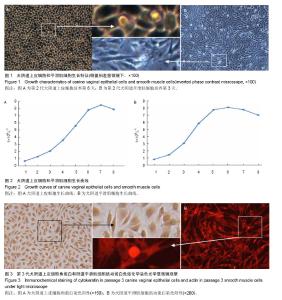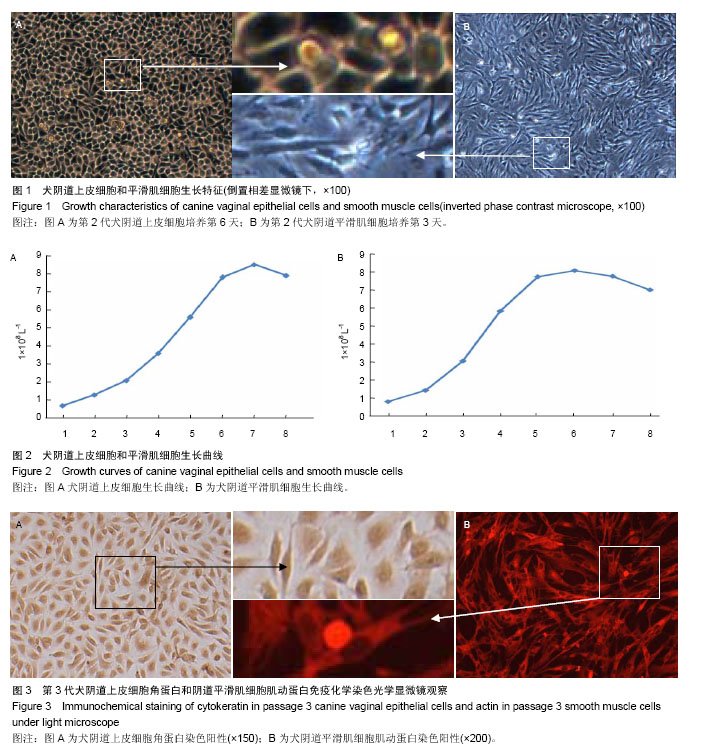| [1] Bombard DS, Mousa SA. Mayer-Rokitansky-Kuster-Hauser syndrome: complications, diagnosis and possible treatment options: a review.Gynecol Endocrinol. 2014;30(9):618- 623.
[2] McQuillan SK, Grover SR. Dilation and surgical management in vaginal agenesis: a systematic review. Int Urogynecol J. 2014;25: 299-311.
[3] Callens N, De Cuypere G, De Sutter P, et al. An update on surgical and non-surgical treatments for vaginal hypoplasia. Hum Reprod Update. 2014;20(5):775-801.
[4] Bouman MB, van Zeijl MC, Buncamper ME, et al. Intestinal vaginoplasty revisited: a review of surgical techniques, complications, and sexual function. J Sex Med. 2014;11(7): 1835-47.
[5] Dornelas J, Jarmy-Di Bella ZI, Heinke T, et al.Vaginoplasty with oxidized cellulose: anatomical, functional and histological evaluation. Eur J Obstet Gynecol Reprod Biol. 2012; 163: 204-209.
[6] Zhou JH,Sun J, Yang CB, et al. Long-term outcomes of transvestibularvaginoplasty with pelvic peritoneum in 182 patients with Rokitansky’s syndrome. Fertil Steril. 2010; 94: 2281-2285.
[7] Burgu B, Duff y PG, Cuckow P, et al. Long-term outcome of vaginal reconstruction: comparing techniques and timing. J Pediatr Urol.2007;3: 316-320.
[8] Zhu L, Zhou H, Sun Z, et al. Anatomic and sexual outcomes after vaginoplasty using tissue-engineered biomaterial graft in patients with Mayer-Rokitansky-Kuster-Hauser syndrome: a new minimally invasive and effective surgery.J Sex Med. 2013; 10:1652-1658.
[9] Ding JX, Chen XJ, Zhang XY, et al. Acellular porcine small intestinal submucosa graft for cervicovaginal reconstruction in eight patients with malformation of the uterine cervix. Hum Reprod. 2014;29(4):677-82.
[10] Panici PB, Bellati F, Boni T, et al. Vaginoplasty using autologous in vitro cultured vaginal tissue in a patient with Mayer-von-Rokitansky-Kuster-Hauser syndrome. Hum Reprod. 2007;22(7): 2025-2028.
[11] Dessy LA, Mazzocchi M, Corrias F, et al.The use of cultured autologous oral epithelial cells for vaginoplasty in male-to- female transsexuals: a feasibility, safety, and advantageousness clinical pilot study. Plast Reconstr Surg. 2014;133(1):158-61.
[12] 吴文湘,李颖,刘朝晖,等.人阴道上皮鳞状细胞的体外培养及其生物学特性[J].中华妇产科杂志, 2007,42(10):711-712.
[13] 王芳,孙蓓,李红,等.阴道上皮细胞转染抗菌肽LL-37和防御素5后对假丝酵母菌的抑制作用[J].中华妇产科杂志,2012,47(3): 205-211.
[14] De Filippo RE, Yoo JJ, Atala A.Engineering of vaginal tissue in vivo. Tissue Eng. 2003;9(2):301-306.
[15] 李雅钗,黄向华,张明乐.分步消化法原代培养鼠阴道黏膜上皮细胞的研究[J].中国组织化学与细胞化学志,2010,19(5):463-466.
[16] 申复进,洛若愚,张蔚,等.膀胱无细胞基质复合阴道平滑肌细胞修复兔阴道缺损[J].中国医师杂志,2012,12(08):5-8.
[17] Dorin RP, Atala A, Defilippo RE.Bioengineering a vaginal replacement using a small biopsy of autologous tissue. SeminReprod Med. 2011;29(1):38-44.
[18] Raya-Rivera AM, Esquiliano D, Fierro-Pastrana R,et al. Tissue-engineered autologous vaginal organs in patients: a pilot cohort study. Lancet.2014; 384(9940):329-336.
[19] Wefer J, Sekido N, Sievert KD, et al. Homologous acellular matrix graft for vaginal repair in rats: a pilot study for a new reconstructive approach. World J Urol. 2002;20:260-263.
[20] Ding JX, Zhang XY, Chen LM, Hua KQ. Vaginoplasty using
acellular porcine small intestinal submucosa graft in two patients with Meyer-von-Rokitansky-Kuster-Hauser syndrome: a prospective new technique for vaginal reconstruction. Gynecol Obstet Invest.2013;75:93-96.
[21] Ding JX, Chen LM, Zhang XY, et al.Sexual and functional outcomes of vaginoplasty using acellular porcine small intestinal submucosa graft or laparoscopic peritoneal vaginoplasty: a comparative study. Hum Reprod. 2015 Jan 16. pii: deu341.
[22] Atala A.Tissue engineering of reproductive tissues and organs.Fertil Steril.2012;98(1):21-29.
[23] De Filippo RE,Bishop CE,Filho LF,et al.Tissue engineering a complete vaginal replacement from a small biopsy of autologous tissue. Transplantation.2008; 86(2):208-214.
[24] Birchall MA, Seifalian AM. Tissue engineering's green shoots of disruptive innovation. Lancet. 2014; 384(9940):288-290. |

